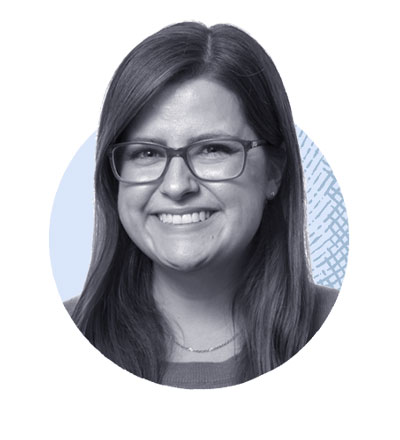Dollar Scholar Asks: How Can I Catch up on Saving for Retirement?

This is an excerpt from Dollar Scholar, the Money newsletter where news editor Julia Glum teaches you the modern money lessons you NEED to know. Don't miss the next issue! Sign up at money.com/subscribe and join our community of 160,000+ Scholars.
Do you want to know one of my deepest, darkest financial secrets?
OK, here goes: I’m behind on saving for retirement.
I may be the Dollar Scholar now, but in my early 20s, I had no idea what I was doing. I had just moved across the country for my first journalism job and could barely afford groceries. I didn’t even know what a 401(k) was, much less how to use one, so I simply… didn’t save money.
Fast forward a few years, and I finally have a 401(k) — and a ton of anxiety about the state of my retirement savings. I feel like I'm behind. I turned 32 in April, and I’m nowhere near the oft-cited Fidelity recommendation that people have one year’s worth of their salary stashed away by the time they’re 30.
How can I catch up on saving for retirement?
Chris B. Carr, a certified financial planner, tells me this question — and apprehension — is normal. But rather than letting the stress consume me, he says, I should use it as a motivation to adjust my habits.
To start, I should determine how much money I think I’ll need every year once I retire. There’s no one-size-fits-all answer here: Carr says the main drivers of my lifestyle in retirement will be the age at which I stop working, my spending, my savings, my current assets and my income. And while I certainly don’t need to have that all figured out right now, thinking through questions like where I want to live and how I want to spend my time once I retire can help me estimate my needs.
Then I can get to work taking steps toward that benchmark. My first task is to make sure I’m at least contributing enough to my 401(k) to get the full match offered by my employer — “it’s free money,” Carr says.
I may also want to consider setting up a traditional individual retirement account (IRA), a Roth IRA or a SEP IRA. In 2024, I can put up to $7,000 in one of these tax-advantaged accounts, and when I turn 50, IRS rules governing catch-up contributions will allow me to sock away even more.
I don’t have $7,000 to throw into an IRA right now, sadly, but Carr says one meaningful step I can take is to gradually increase my 401(k) and IRA contributions over time. Any time I get a raise, for instance, I should try to up my contributions by 1% to 2%.
“You can manage and reduce your stress by setting achievable targets for savings,” Carr adds. “Small increments can make a big difference over time thanks to the power of compound interest.”
Because compounding lets me earn interest on my cash and its interest, it’s important to put away what I can as soon as I can. That means finding ways to free up money in my budget.
This is a perfect opportunity to take advantage of my employer’s resources. Bradd Chignoli, executive vice president, national accounts and financial wellness at MetLife, says I can probably access products like legal plans, disability insurance and personal finance workshops through work that can help me cut expenses as I plan for the future.
Beyond that, I might need to get creative. Thankfully, Terri Fiedler, president of retirement services at Corebridge Financial, says this doesn’t have to be a drastic pivot to austerity. It can be as simple as reviewing all of my subscription services and canceling the ones I don’t use or reducing the number of times I eat out per week.
On that note, she says, I should give retirement savings a dedicated spot in my budget — like, make *Julia* the label. Putting my actual name in writing can help me visualize the person who will need these savings down the road and inspire me to get serious about her future.
“The way I look at it, your savings plan should be part of your budget, it’s not something separate,” Fiedler says. “If you think about, ‘OK, I pay this much for my cell phone, I pay this much for Netflix,’ [add] ‘I pay this much to Julia for my retirement savings.’”
Periodically investing is an important part of shoring up my retirement savings, too, as is consulting a financial advisor to help hammer out an overall game plan.
“Feeling like you’re behind on saving for retirement is more common than you might think, but it’s never too late to start or improve your savings plan,” Carr says. “The key is to take the first step with constructive action rather than getting stuck in worry.”
The bottom line
It’s not only normal that I’m worried about being behind in saving for retirement — it’s also fixable, as long as I take steps to increase my contributions to my 401(k) and/or IRA. To do this, I’ll need to free up space in my budget and think about my finances holistically.
I’m still (relatively) young, which means time and compound interest are on my side.
“Remember, this is a marathon and not a sprint,” Carr says.
More from Money:
You May Be a 401(k) Millionaire Thanks to the Surging Stock Market
Why Retirement Savings in Roth IRAs Tend to Outlast Traditional 401(k)s
Americans Now Think They'll Need a Record $1.46 Million to Retire Comfortably




